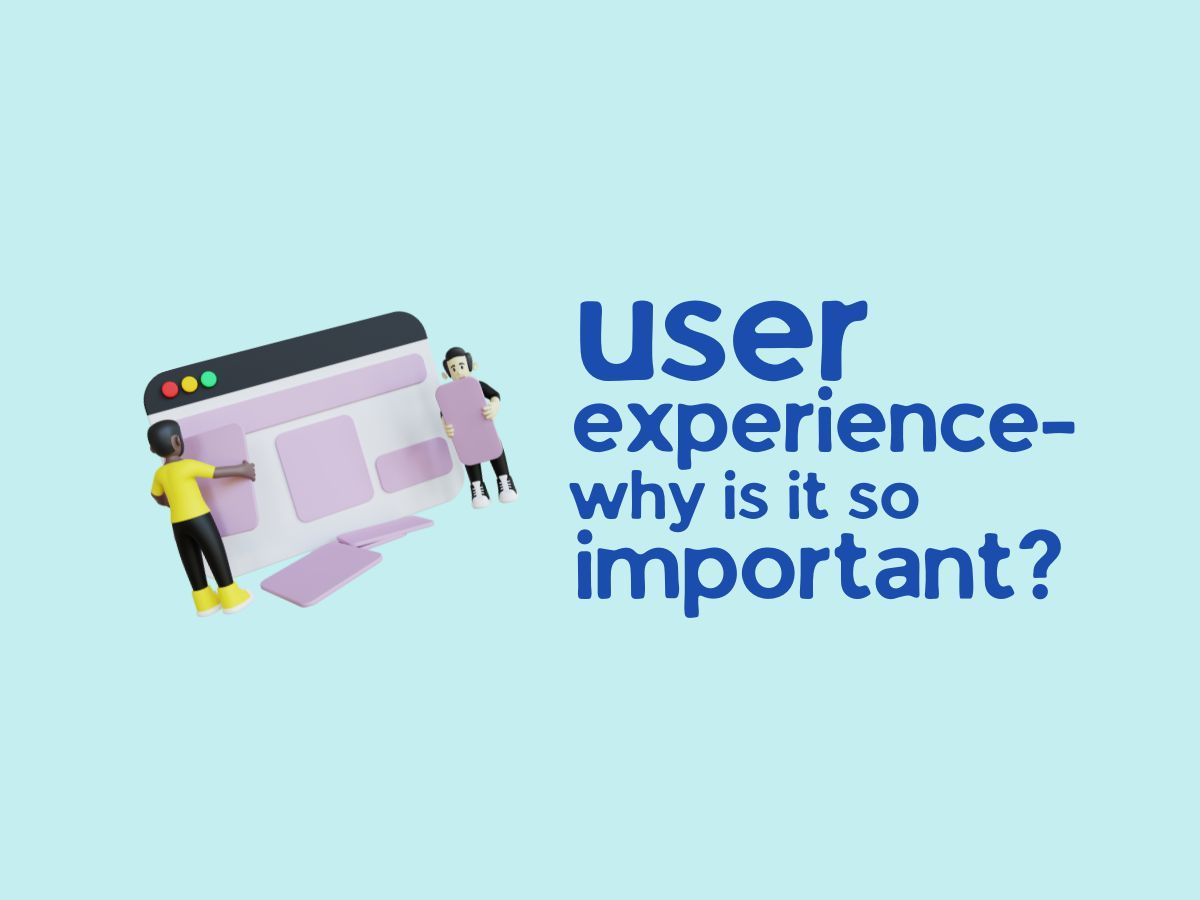An Amazing Guide to Optimizing Emails for Mobile
Email marketing has one of the best-known ROIs in the eCommerce world, with the possibilities going up to even 4400%. To put that in perspective, it’s a return of $44 on every dollar invested. Now that you know just how important this field is, let’s take a shallow dive into how you can optimize these emails for mobile phones and their small displays. We’ll briefly discuss some important structural points.
Layout
First and foremost, let’s talk about layout and design. On a mobile device, the screen is smaller, and therefore, less content is visible at a time. To combat this, it’s essential to use a single-column layout and to stack elements vertically rather than horizontally. This will make it easier for the reader to scroll through and digest the content. It’s also a good idea to use a responsive design, which means that the email will automatically adjust to fit the size and orientation of the device it’s being viewed on.
Body
In addition to the layout, it’s essential to focus on the size of your text. Make sure that your font size is large enough to be easily readable on a mobile device. It’s also a good idea to use bold and/or italicized text to highlight important information and make it stand out. When it comes to choosing a font, it’s important to consider readability as well as aesthetics. Sans-serif fonts like Arial and Helvetica tend to be more legible on a small screen, while serif fonts like Times New Roman and Georgia may be more difficult to read.
Now let’s talk about the content of your emails. Keep the messaging clear and concise, and avoid long text blocks. Use bullet points or numbered lists to break up the content and make it easier to scan. It’s also a good idea to use images, but be mindful of the file size. Large images can slow down the loading time of your email, which can be frustrating for the reader. Consider using compressed image files or smaller, thumbnail-sized images to strike a balance between aesthetics and speed.
Preheader
Apart from layout, design, and content, it’s important to focus on the subject line and preheader text of your emails. These are the first things that a reader will see, so it’s important to make them attention-grabbing and informative. Consider using emojis or power words to make your subject line stand out in the crowded inbox. The preheader text is the snippet of text that appears below or next to the subject line in the inbox, so it’s important to make it descriptive and compelling.
Call to action
Finally, don’t forget to include calls to action in your emails. Make it easy for the reader to take the next step, whether it’s purchasing a product or signing up for a newsletter. Use buttons or links with clear and descriptive text to guide the reader to the desired action. It’s also a good idea to use personalized language and address the reader by name to make the email feel more targeted and relevant.
By following these few tips and testing different variations, you can create effective and compelling CTAs that guide the reader to take the desired action. Whether it’s purchasing a product, signing up for a newsletter, or visiting a website, well-crafted CTAs can be a powerful tool in your email marketing arsenal. So, it’s always important to pay special attention to them and make sure they are effective and well-placed in your emails.
Conclusion
Optimizing your emails for mobile and smaller device screens is essential for the success of any digital marketing campaign. Any part of the audience shouldn’t be left unattended and mobile devices make up the biggest share of the email marketing audience. By considering the layout, design, content, subject line, and calls to action, you can craft emails that not only look great but also function seamlessly on a variety of devices.
Want to stay up-to-date on the latest digital marketing trends? Be sure to subscribe to our newsletter for all the latest tips and tricks. You’ll receive exclusive content, Elite marketing tips, and once-in-a-lifetime offers. Don’t miss out – sign up now, or catch us on social media Blustream Integrated







